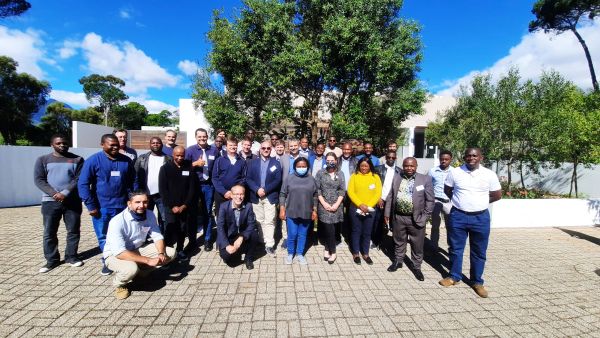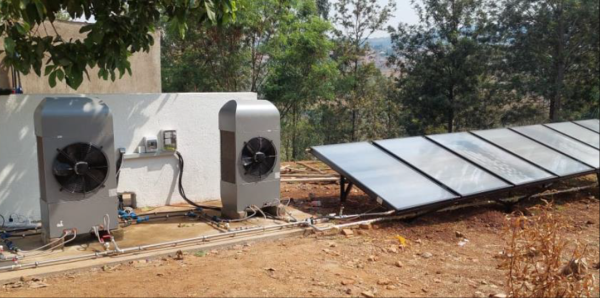IEA-SHC Task 65: Solar Cooling for the Sunbelt Regions
Short Description
The know-how on solar cooling technology gathered in OECD countries is already very extensive. So far, very little effort has been made to transfer this know-how to the countries of the sunbelt (e.g. Africa, MENA, etc.), which are all dynamic emerging economies. However, these countries are important parts of the global increase in demand for air conditioning (AC). At the same time, solar cooling can play an important role, as these are regions with high solar irradiation.
Therefore, the present task aims at developing innovations for affordable, safe and reliable cooling systems for sunbelt regions worldwide.
The planned results are the adaptation of components or systems as well as the demonstration of the plants and the Do's and Don'ts to be derived from it. The comprehensive life cycle assessment of all collected energy balances of the new or adapted solar cooling systems will be analysed, evaluated and benchmarked.
The specific contributions of the Austrian consortium will support the following results.
Subtask A: Adaptation
- Adapted chiller/system concepts (e.g.: solar hybrid chiller/heat pump) offer a high innovation potential for covering cooling and heating loads
- The application and improvement of the Hardware-in-the-Loop laboratory measurement method
Subtask B: Demo systems
- The current demo projects will become more flexible and efficient (e.g.: heat rejection) due to the findings from the task.
- The collected Do's and Dont's lead to a general increase in reliability, efficiency and simplified replicability of solar cooling. This environmentally friendly and energy-saving provision of cooling is an important contribution to future energy systems.
Subtask C: Technical, economic, ecological life cycle assessment:
- Life cycle, life cycle cost/benefit analysis for the integration of combined building and solar measures of both demand-side energy efficiency and renewable measures into a holistic life cycle cost/benefit analysis for the optimisation of the entire building system.
- The LCCBA results can also be used for the future development of business models.
Subtask D: Dissemination
- The combined technical, ecologica and economic life cycle assessment will be presented and discussed in the national workshops.
- The interactive training includes the application of the LCCBA tool. Both, the method used and the corresponding analyses and assessments are in this form far beyond the state of the art.
Ultimately, these results should contribute to an accelerated market penetration and thus to a future sustainable, renewable energy system.
Project Images
Terms of use: The pictures listed underneath the header “Project Pictures” originate from the projects in the frame of the programmes City of Tomorrow, Building of Tomorrow and the IEA Research Cooperation. They may be used credited for non-commercial purposes under the Creative Commons License Attribution-NonCommercial (CC BY-NC).
Participants
Austria, China, Denmark, France, Germany (Lead), Great Britain, Italy, The Netherlands, Slovakia, South Africa, Spain, Sweden, Switzerland, USA
Contact Address
Neyer Brainworks GmbH
DI Dr.techn. Daniel Neyer, MSc
Oberradin 50
6700 Bludenz
E-Mail: daniel@neyer-brainworks.at
Energetic Solutions, DDI Jan W. Bleyl
Universität Innsbruck, Manuel Ostheimer, MSc




